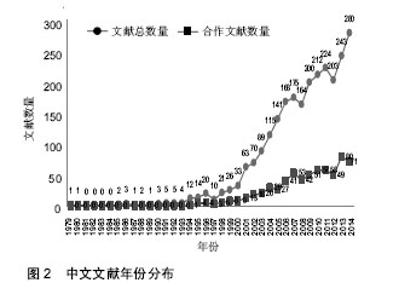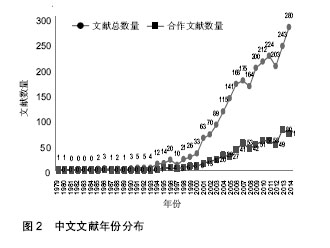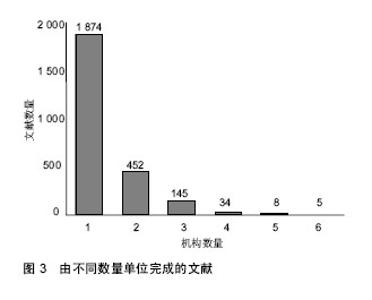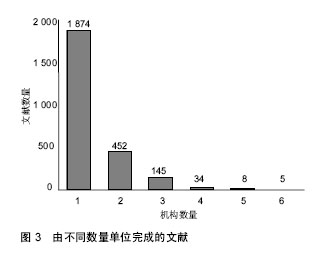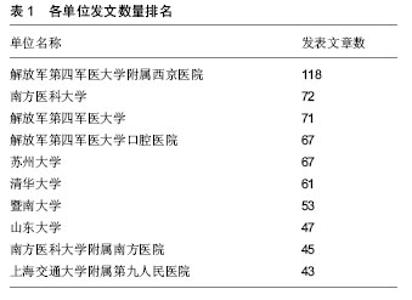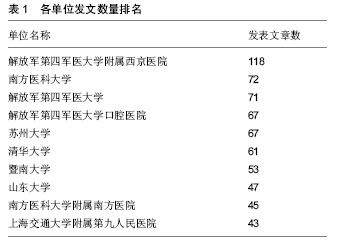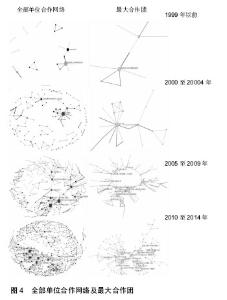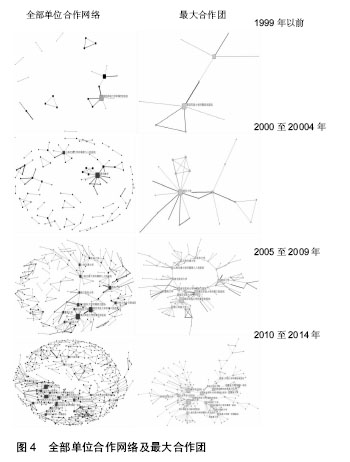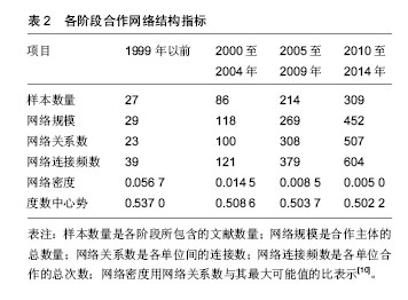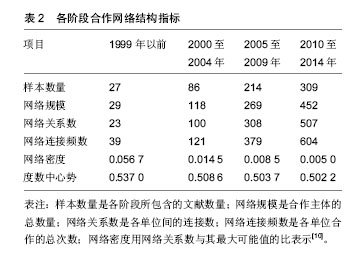Chinese Journal of Tissue Engineering Research ›› 2016, Vol. 20 ›› Issue (38): 5752-5757.doi: 10.3969/j.issn.2095-4344.2016.38.019
Previous Articles Next Articles
Social collaboration network analysis of animal-derived regenerative implantable medical devices: an overview based on Chinese literature from databases of CNKI, WANFANG DATA and VIP
Yu Shu-yang, Wang Hong-man
- Institute for Medical Humanities, Peking University, Beijing 100191, China
